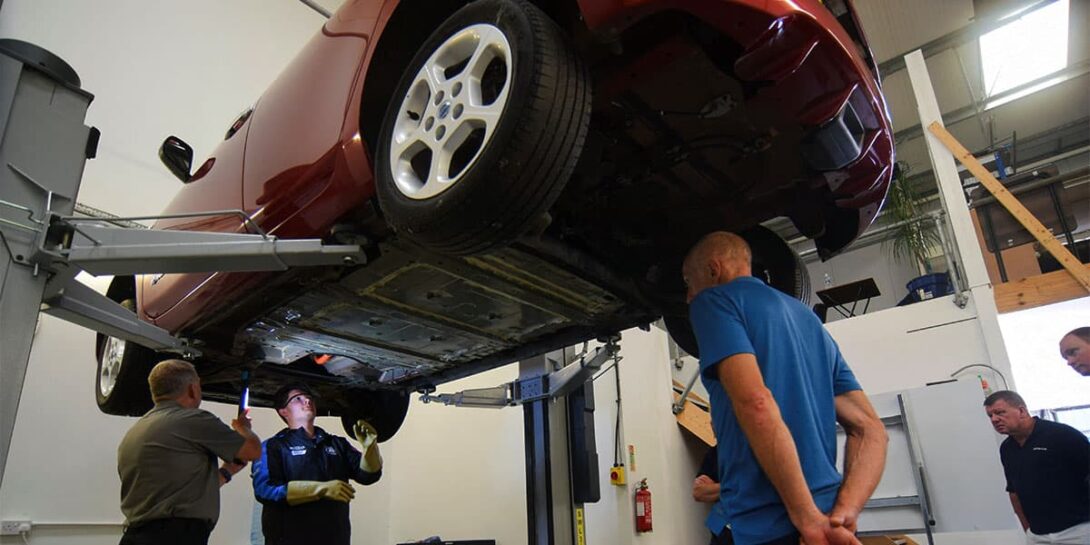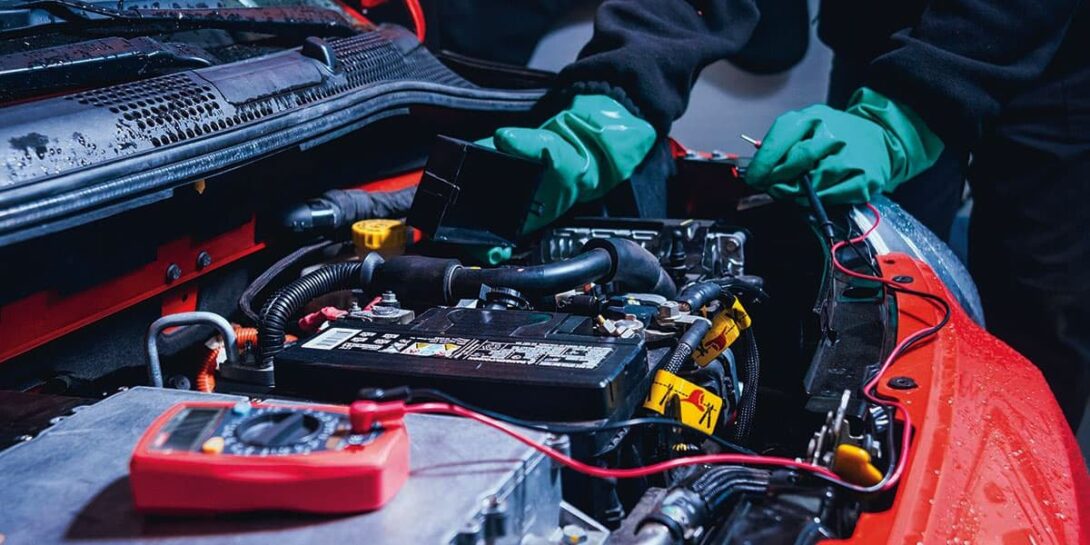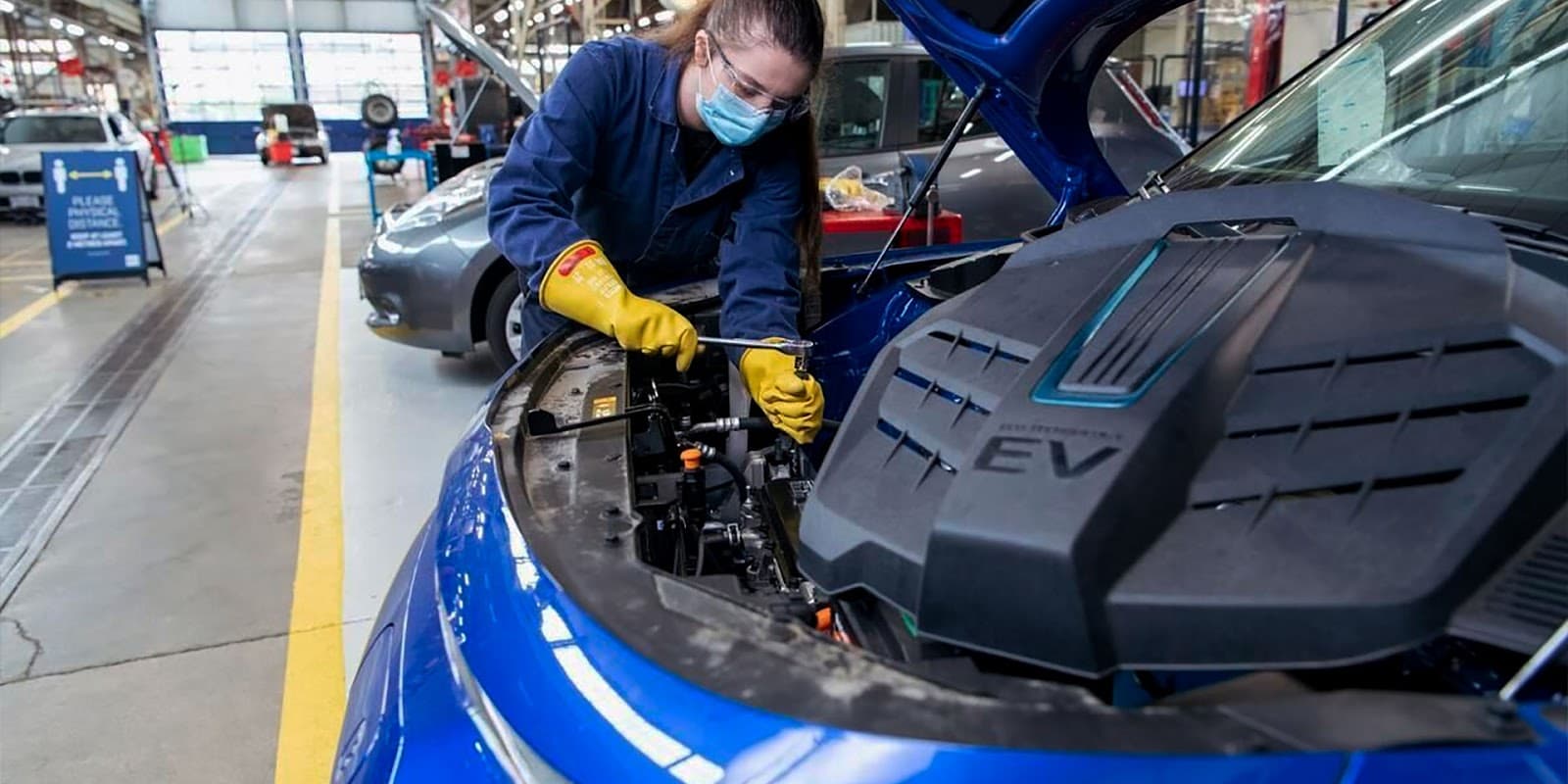As drivers make the switch from regular gas vehicles to electric, auto repair shops are dealing with some big changes. Electric vehicles don’t have traditional engines like gas cars. Instead, they run on batteries and electric motors. That means that for electric vehicle repairs, mechanics need to get their hands on some new equipment and learn how these high-tech rides operate. The skills needed to service electric vehicles are just different compared to fixing up internal combustion engine vehicles that mechanics are used to working on.
In this article, I’ll discuss how the rise of electric vehicles is changing auto repair. I will talk about the main principles of electric vehicles, what knowledge mechanics need to repair electric vehicles, and what tools will be critical for auto repair for electric cars and maintaining these cars.
The basics of electric vehicles
Electric cars are different from your normal gas-powered ones. They don’t need any gas or a regular engine. They operate on electricity kept in massive batteries inside the vehicle. There is no exhaust pipe or transmission to deliver power from the engine – because there is no engine! Electric motors hooked up to an electronic control unit take the place of all that. The juice from the batteries makes the motors spin. That spinning motion gives direct twisting power, called torque, right to the wheels. So electric motors convert that battery electricity into wheel motion to make the car move. Pretty wild compared to how gas vehicles work!
The high-voltage battery pack is the most complex component, comprising hundreds of small battery cells and intricate cooling systems. Proper handling and maintenance of batteries are critical. Battery charge is depleted through driving, but EVs can charge from wall outlets or specialized DC fast-charging stations. EV motors have far fewer moving parts than combustion engines, making them more durable but less familiar to many mechanics.
Other key EV components mechanics should understand are the onboard charger that converts AC grid power to DC, a DC-to-DC converter that steps down high voltage from the battery, regenerative braking systems that capture energy while decelerating, and electronic control modules. With software playing a larger role, diagnostic computers are essential to interface with EVs and troubleshoot issues. Safety training on high-voltage systems is also essential.

Changing skill sets for mechanics
Servicing electric vehicles requires some familiar and many new specialized skills for mechanics accustomed to internal combustion engines. EVs still have basic components like tires, steering, chassis, and brake pads that require similar mechanical knowledge to service. But the powertrain technology at the heart of EVs – batteries, power electronics, electric motors, and more – is vastly different.
Mechanics will need training in high-voltage safety protocols to work with EV battery packs up to 800V. Understanding battery chemistry, thermal management, charge capacity, and cell balancing is crucial for maintenance and diagnostics. Software programming, data analytics, and connectivity skills are increasingly key as EVs have over-the-air update capabilities and complex digital control systems. With fewer moving parts, EVs eliminate much routine maintenance like oil changes. But recycling worn parts like battery cells will be a new responsibility.
While computerized shop tools and scanners will be familiar, EV-specific diagnostic machines and equipment are required to interface with these high-tech vehicles and their unique data readouts. Mechanics can transition smoothly into the emerging EV repair field by combining their mechanical expertise with an electric powertrain and digital connectivity training.

New tools and equipment for EV repairs
EV diagnostic also needs special equipment. To begin with, working safely with high-voltage electric vehicle systems requires special personal protective equipment, including insulated gloves rated at 1000 V or more, as well as face shields and arm guards. Insulating mats provide an additional level of protection between technicians and live battery components. High voltage insulation testers are vital to ensuring electrical safety by checking for leaks or short circuits.
Because battery cooling is vital to function and fire prevention, technicians must have the appropriate tools to monitor and maintain thermal management systems. This may include coolant heat exchangers, voltage hydrometers to test component integrity, and scanners to evaluate temperature sensor data. Proper battery cell balancers and diagnostic testers are essential when repairing and maintaining the charging system.
Specialty wrenches, seals, lifters, jacks, and other standard tools require insulation and high-temperature resistance. To repair the electric motor, you will need magnetic holders to fix the rotor fasteners securely, as well as access to torque angle control systems. Because much of the powertrain is monitored digitally, scanning tools that can access proprietary software and data networks are essential for virtually all EV repair procedures. However, they require constant updating as automotive technology advances.
So, electric cars bring new repair challenges for mechanics but also opportunities. So, mechanics need to learn new electric vehicle service techniques, take the right tools, and learn the unique skills needed to service EVs; repair shops can expand their business as electric cars become more mainstream.
